Whales are some of the most fascinating creatures in the oceans. Many species travel great distances across the world’s waters, yet their numbers are declining fast. Climate change, pollution, and human activities have put several whale species at risk. Some face an uncertain future as their populations dwindle to dangerously low levels. Let’s take a closer look at a few of these endangered whale species and where they travel.
North Atlantic Right Whale

The North Atlantic Right Whale is critically endangered, with fewer than 350 individuals left in the wild. These whales are typically found along the Atlantic coasts of North America, particularly near New England and eastern Canada. They migrate between feeding grounds in the northern Atlantic and calving areas in the southeastern United States. Ship strikes and entanglement in fishing gear have drastically reduced their population. Conservation efforts are ongoing, but the future of this species remains uncertain.
Blue Whale
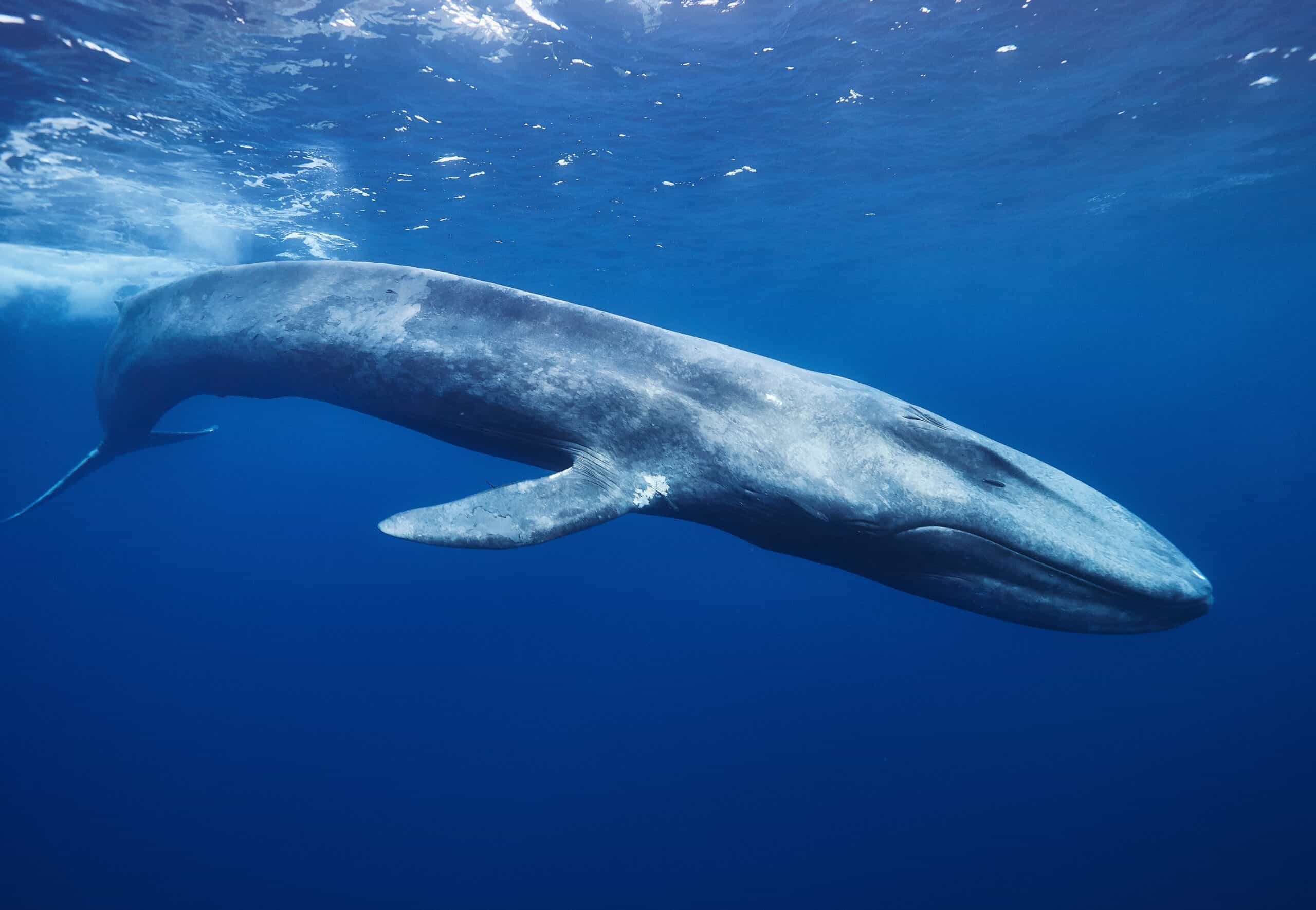
The Blue Whale is the largest animal on Earth, yet its numbers are alarmingly low. Found in oceans around the globe, they often migrate from polar feeding grounds to tropical waters during the winter. Despite their enormous size, Blue Whales are at risk from ship strikes and noise pollution. They are most commonly found in the Southern Ocean, the North Pacific, and the North Atlantic. With an estimated population of only 10,000-25,000 individuals, these majestic whales are still recovering from past whaling.
Bowhead Whale
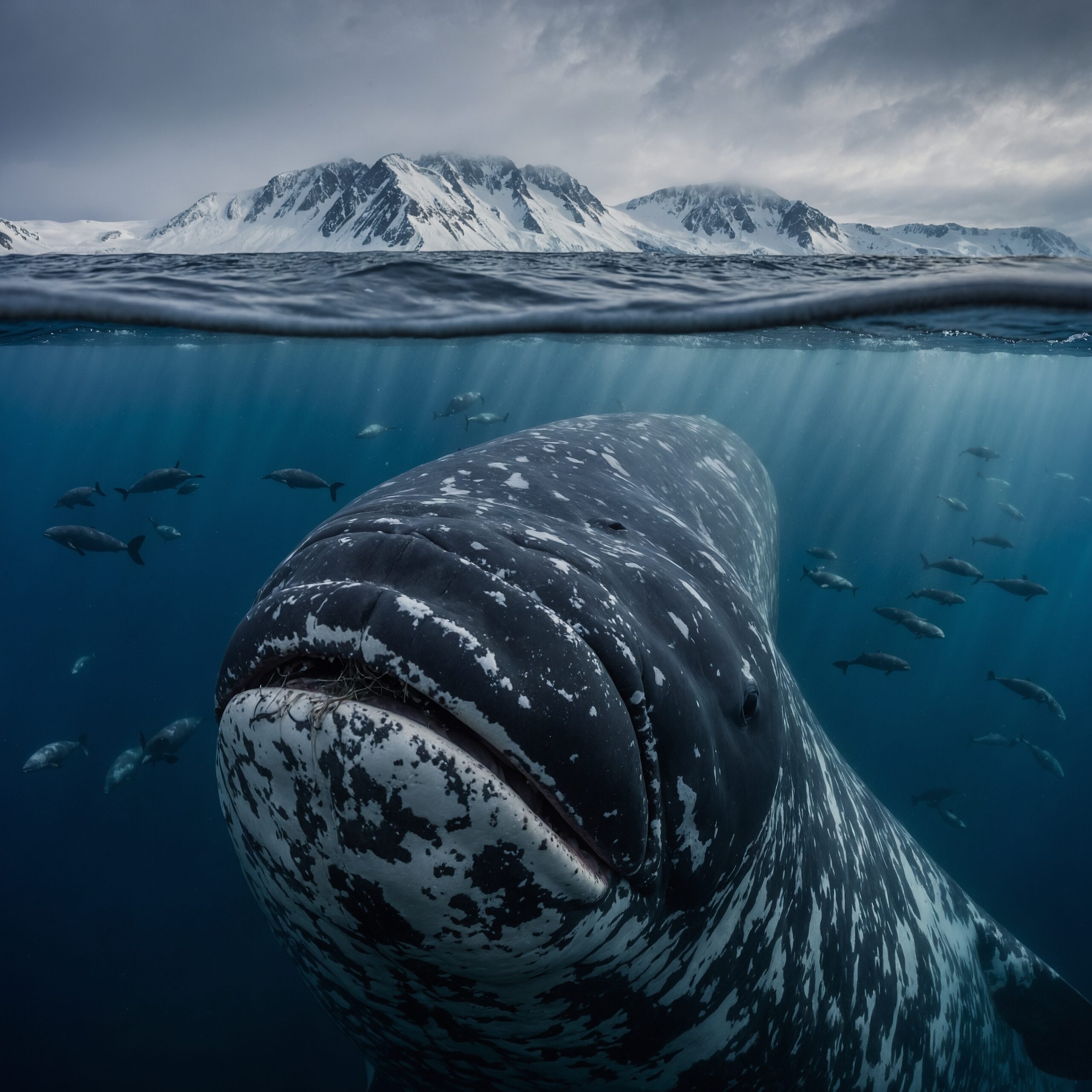
The Bowhead Whale lives in the frigid waters of the Arctic and sub-Arctic regions. Known for its thick blubber and bow-shaped head, this species has adapted to life in icy waters. Bowhead Whales travel throughout the Arctic, including the waters near Canada, Russia, and Alaska. They were heavily hunted for their oil-rich blubber, leading to significant population declines. Today, around 10,000 to 12,000 Bowhead Whales remain, though some populations are showing signs of recovery.
Bryde’s Whale

Bryde’s Whale prefers warmer tropical and subtropical waters, unlike many other baleen whales. Found in the Atlantic, Pacific, and Indian Oceans, they are often seen near coastal areas and islands. This species faces threats from ship strikes, pollution, and entanglement in fishing gear. Estimates of their population are unclear, but their numbers have significantly declined in certain regions. Their migratory patterns vary, but they are often found in the Gulf of Mexico, the eastern Pacific, and around Southeast Asia.
Southern Right Whale

The Southern Right Whale migrates between the cold waters of the Southern Ocean and warmer coastal areas in the Southern Hemisphere. They are often found off the coasts of South Africa, Argentina, Australia, and New Zealand. These whales are slow-moving, making them easy targets for ship strikes and illegal hunting in the past. Though their population is slowly recovering, only about 10,000 individuals remain. Conservation measures have helped, but they are still considered endangered.
Sperm Whale
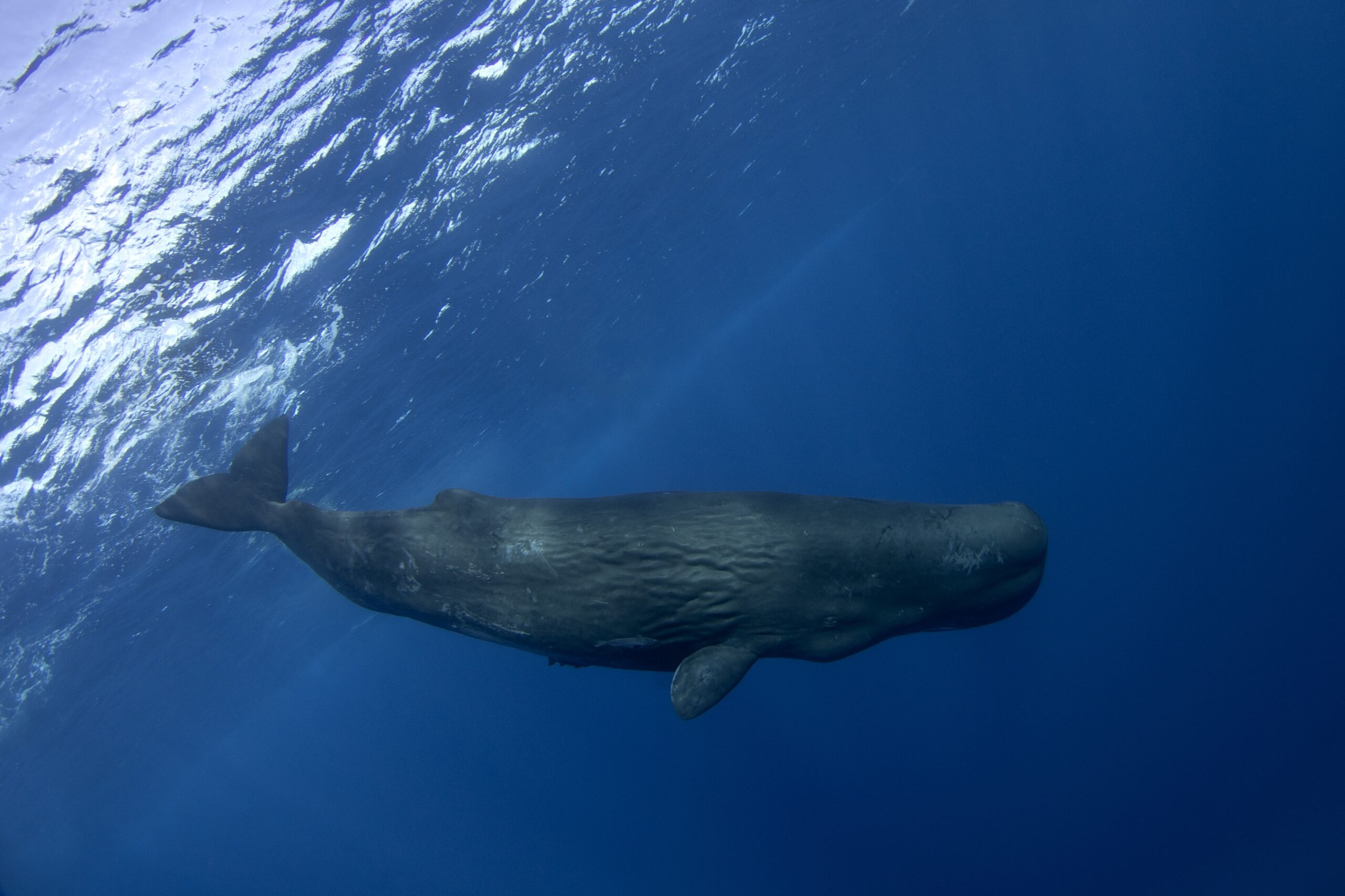
Sperm Whales are known for their deep diving abilities and distinctive block-shaped heads. These whales are found in deep ocean waters around the world, from the Arctic to the equator. They migrate long distances, following squid, their primary food source. Sperm Whales face threats from whaling, noise pollution, and entanglement in fishing nets. Their population is estimated at around 300,000 individuals, but certain subpopulations are more vulnerable than others.
Sei Whale
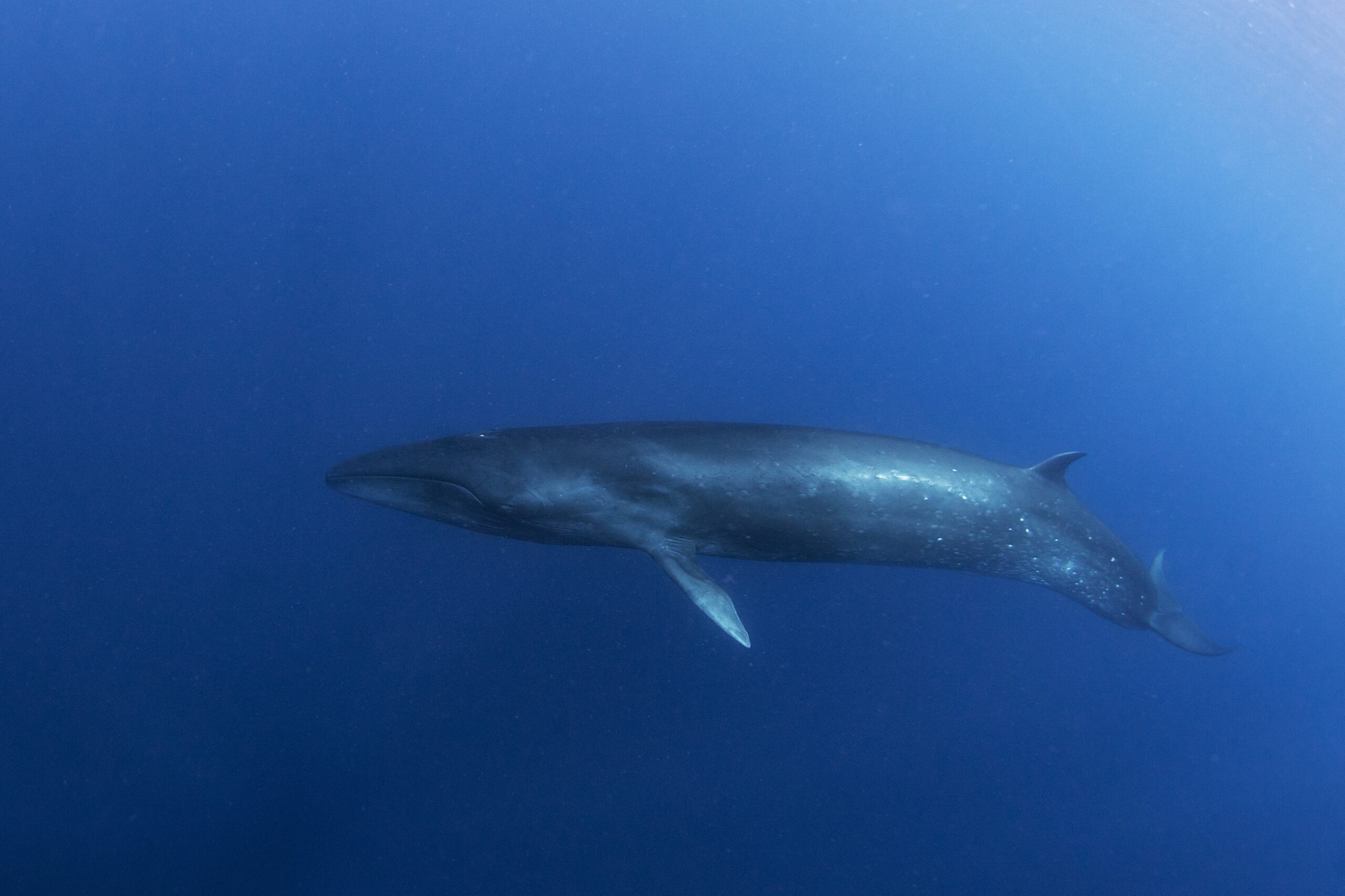
Sei Whales are fast swimmers, often found in both coastal and deep ocean waters. They migrate between temperate and subtropical regions, with populations in the North Atlantic, North Pacific, and Southern Hemisphere. This species was heavily hunted during the 20th century, leading to a dramatic decline in numbers. Today, around 80,000 Sei Whales remain, though they are still classified as endangered. They face threats from ship strikes and noise pollution, which disrupt their migratory routes.
North Pacific Right Whale
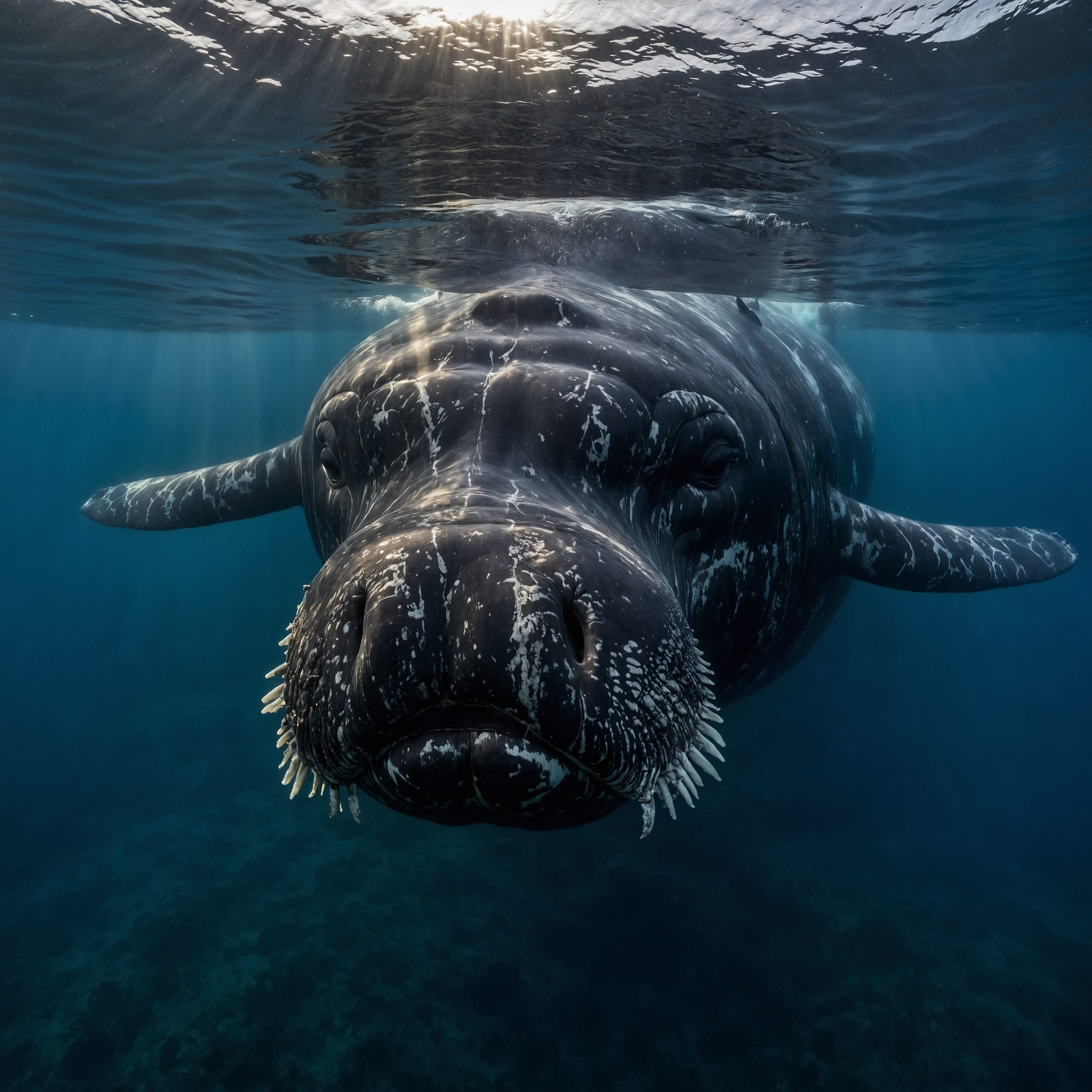
The North Pacific Right Whale is one of the rarest whale species, with only a few hundred individuals left. These whales migrate between the cold waters of the Bering Sea and the warmer regions near Japan and the western U.S. coast. Like their North Atlantic counterparts, they have been severely impacted by whaling and continue to face threats from ship collisions and fishing gear. Their critically low population makes them one of the most endangered whale species in the world.
Western Gray Whale
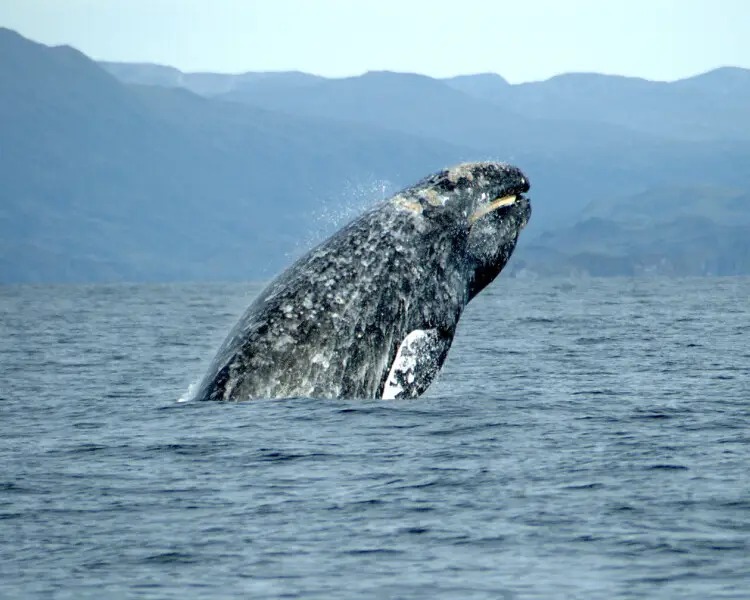
The Western Gray Whale is critically endangered, with fewer than 200 individuals left in the wild. They are found in the western Pacific, particularly near the coasts of Russia, Korea, and Japan. These whales migrate from feeding grounds in the Okhotsk Sea to breeding areas near South Korea. Habitat degradation and entanglement in fishing nets threaten their survival. Their population remains vulnerable despite ongoing conservation efforts.
Antarctic Minke Whale
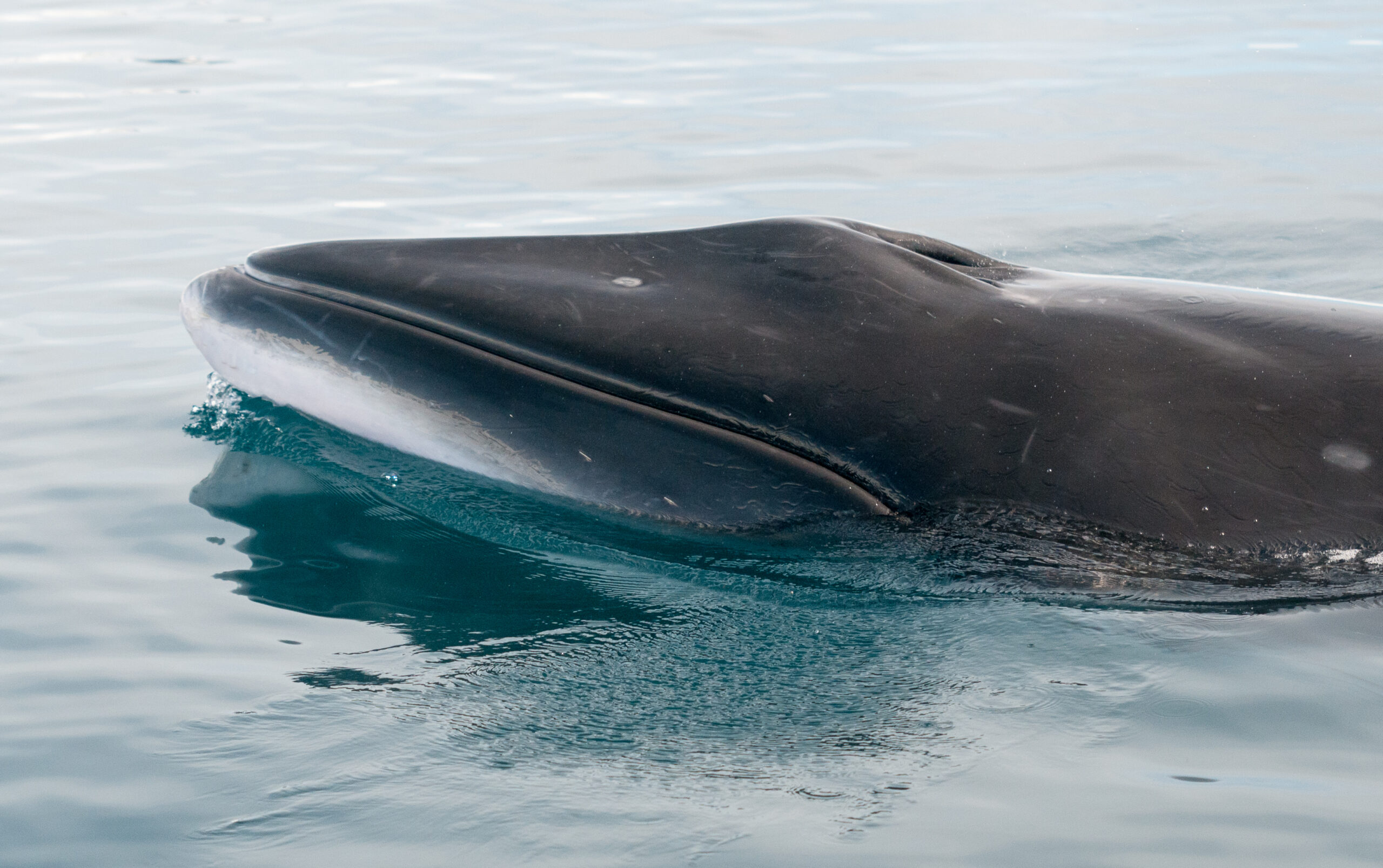
The Antarctic Minke Whale is found primarily in the Southern Ocean surrounding Antarctica. They are among the smallest baleen whales, yet they play a crucial role in the Antarctic ecosystem. Though not as heavily hunted as other species, they are still vulnerable to whaling and climate change. Their population is estimated to be around 500,000, but the numbers fluctuate depending on ice conditions and food availability. They are currently listed as “Near Threatened” due to these challenges.
Northern Bottlenose Whale
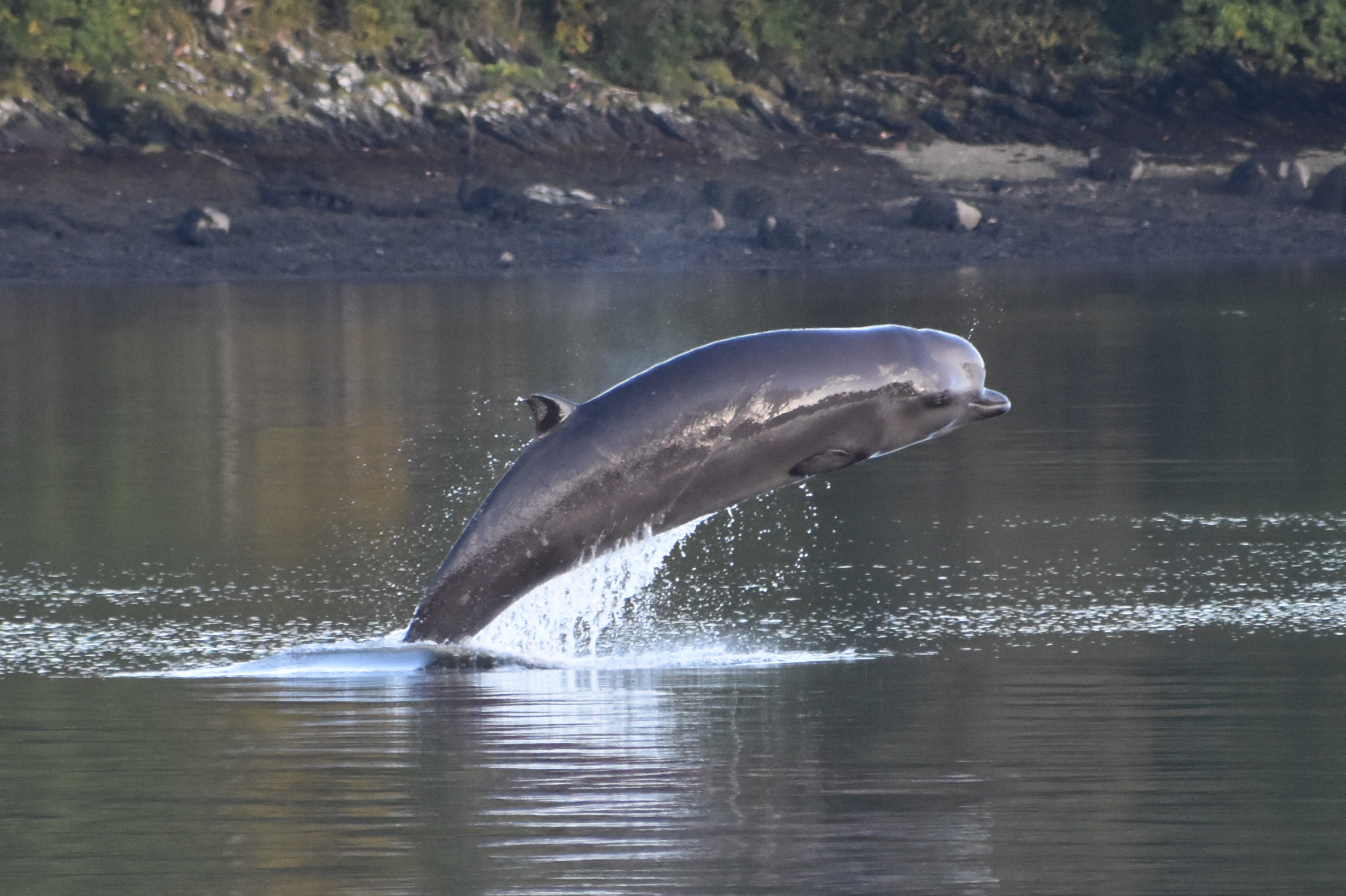
Northern Bottlenose Whales are deep-diving specialists, primarily inhabiting the North Atlantic Ocean. They are often found off the coasts of Scotland, Norway, and Canada, where they dive to great depths in search of squid. Unfortunately, their numbers have declined due to hunting and ocean noise pollution. There are around 10,000 individuals left, though some subpopulations are considered more at risk. Conservation efforts focus on protecting their critical habitats.
Omura’s Whale
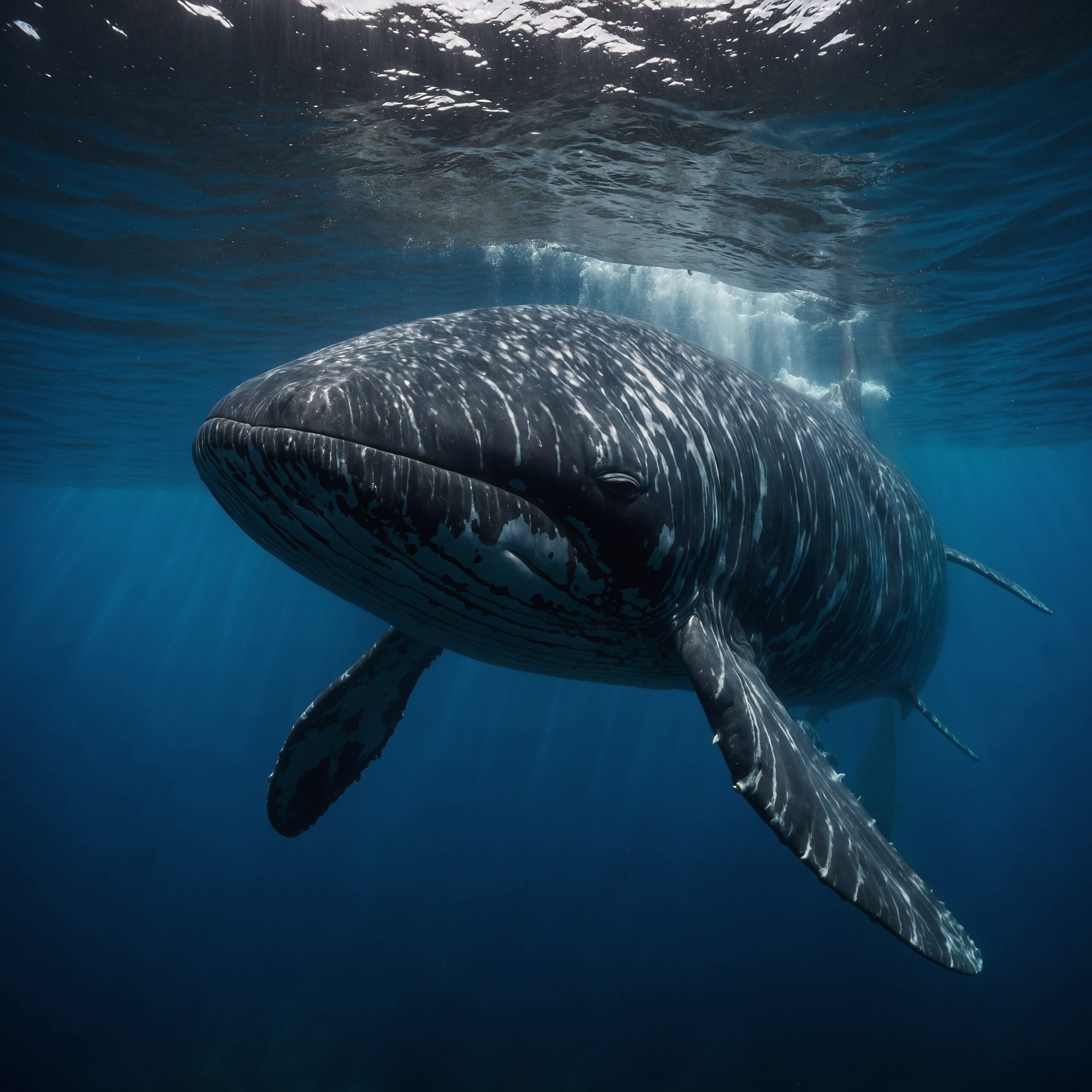
Omura’s Whale is a rare and mysterious species, mostly found in the tropical and subtropical waters of the Indian and western Pacific Oceans. This small baleen whale was only recently identified as a distinct species. Due to their elusive nature, little is known about their population numbers, but they are considered vulnerable due to bycatch and habitat destruction. Sightings are rare, and more research is needed to understand their full range and behavior.
Pygmy Right Whale
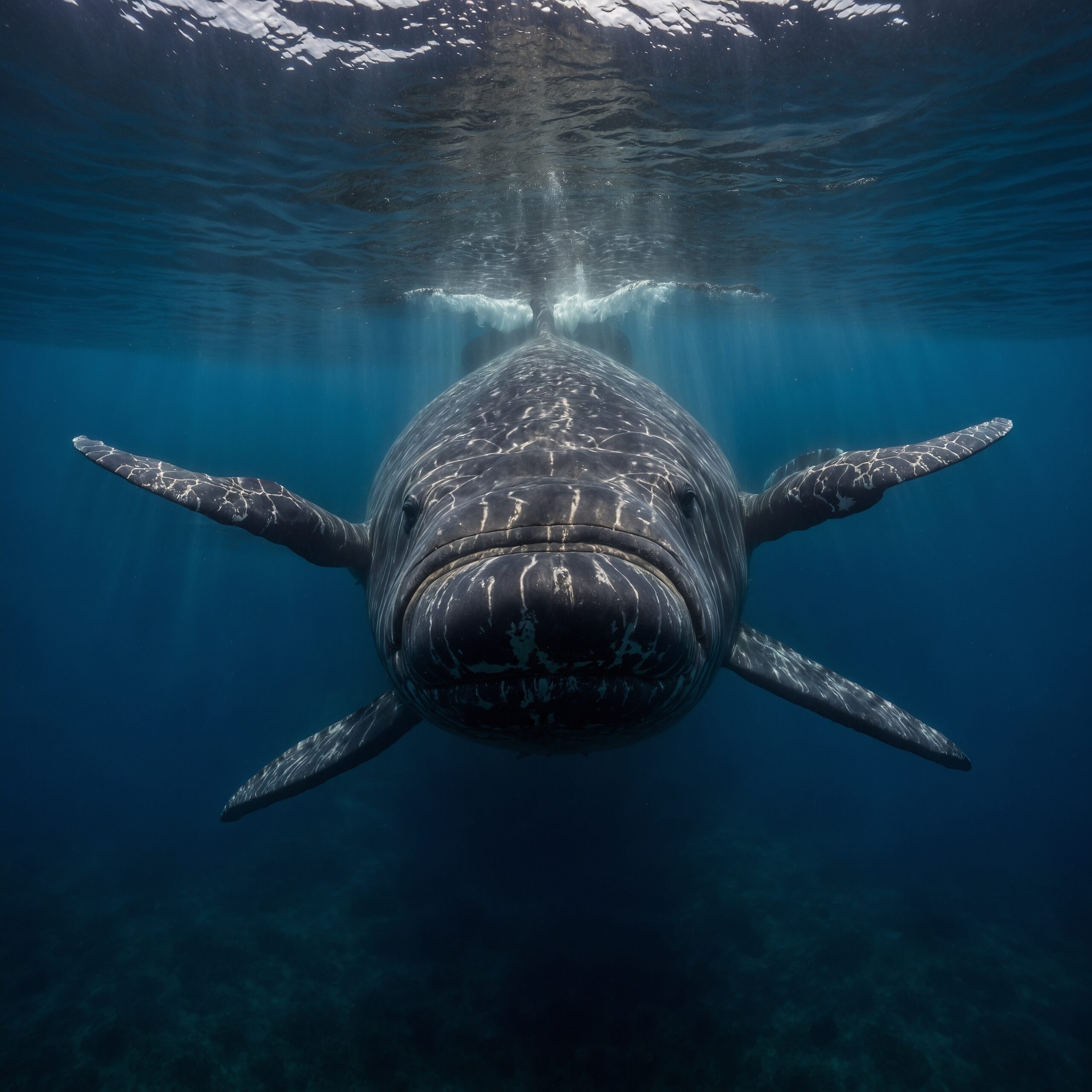
The Pygmy Right Whale is one of the least studied and smallest baleen whales. They are primarily found in the Southern Hemisphere, particularly in the waters off Australia, New Zealand, and South Africa. Unlike other right whales, they prefer more temperate waters and have a more restricted range. Their population size is unknown, but they are considered vulnerable due to their rare sightings and potential threats from bycatch. Conservationists know very little about their habits and migration.
Cuvier’s Beaked Whale
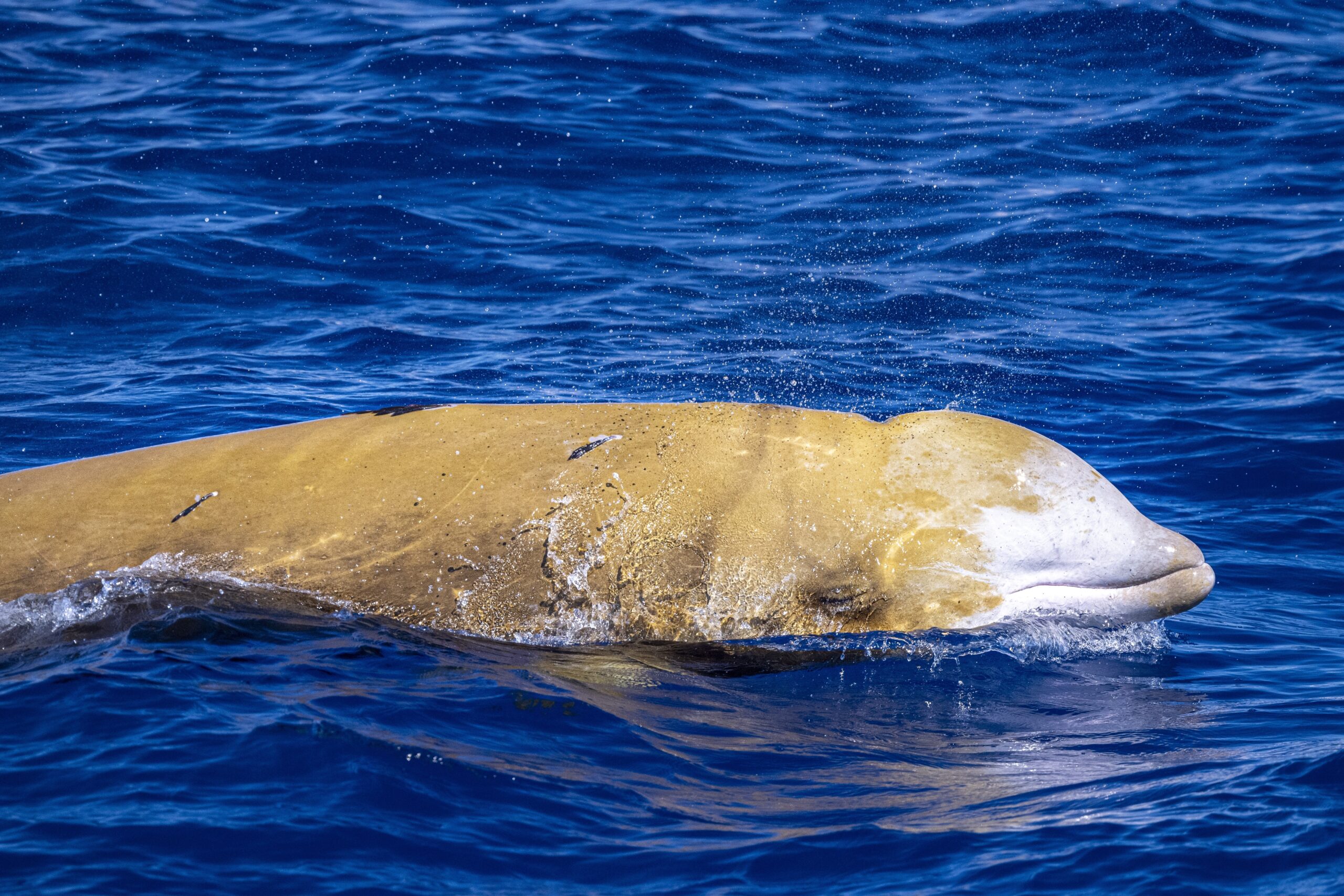
Cuvier’s Beaked Whale is a deep-diving whale species found in oceans around the world. Known for their long, slender bodies and beak-like snouts, they are among the best divers in the animal kingdom. Cuvier’s Beaked Whales inhabit deep waters, often around continental slopes and submarine canyons. Their population is estimated to be in the tens of thousands, but they face threats from military sonar and deep-sea fishing. They are highly elusive, making them difficult to study.
Pygmy Blue Whale
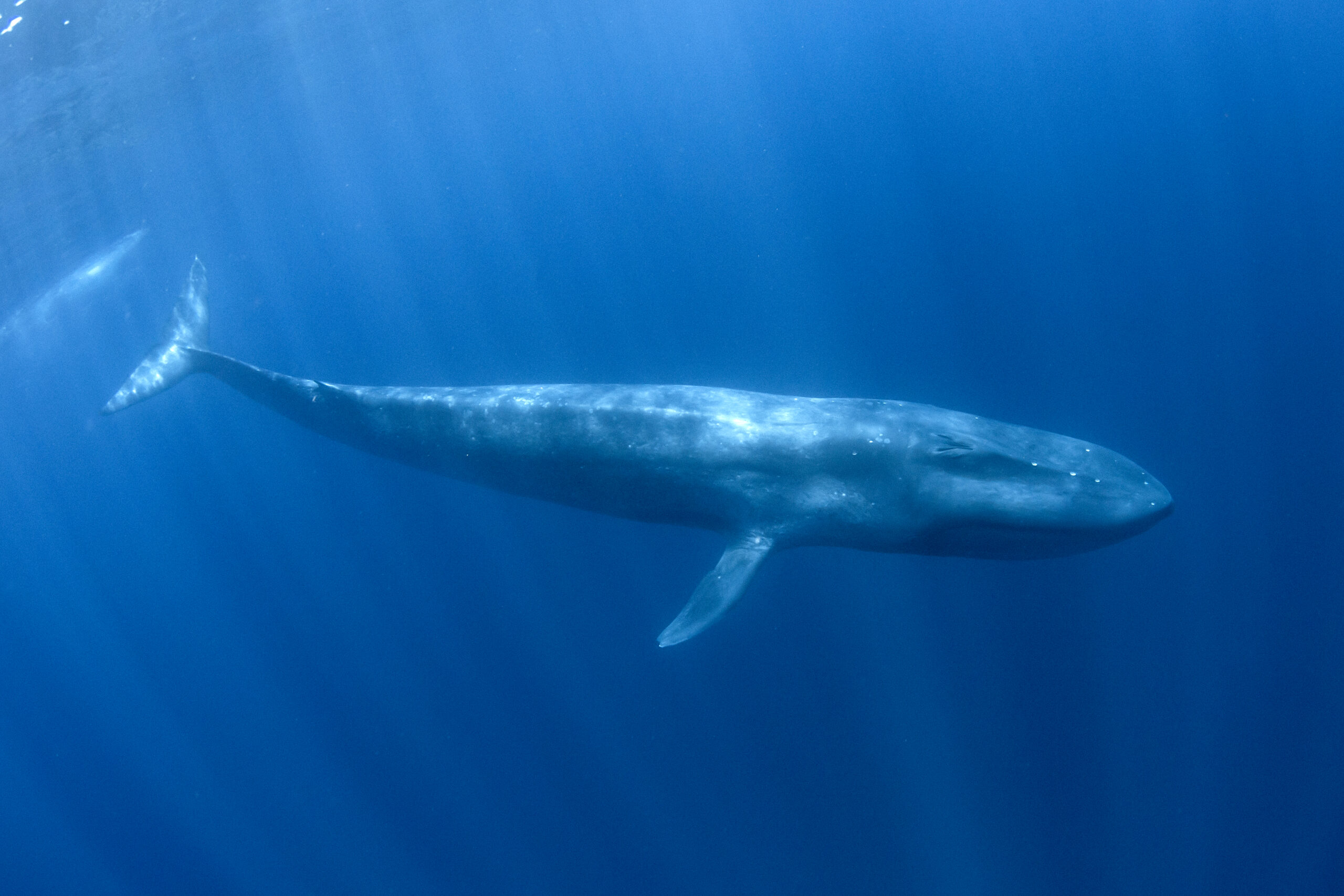
The Pygmy Blue Whale is a smaller subspecies of the Blue Whale, mostly found in the Indian Ocean and southern Pacific waters. Despite being smaller than their larger cousins, they can still grow up to 24 meters long. Their population is difficult to estimate, but they are considered endangered due to historical whaling and current threats from ship strikes and noise pollution. Pygmy Blue Whales follow long migration routes between feeding and breeding areas, but much remains to be understood about their behavior.
This article originally appeared on Rarest.org.
More from Rarest.org
9 Most Expensive Vintage Bicycles Ever Sold at Auction

Vintage bicycles are more than just relics of the past. They carry a history that merges innovation, competition, and craftsmanship. Read More.
15 Renowned Luxury Sunglasses Brands That Turn Heads

When it comes to luxury sunglasses, these brands stand out for their high-end designs, exceptional craftsmanship, and style statements. Read More.
14 Unique Trees with Vibrant Foliage Throughout the Year

Trees with vibrant foliage can completely transform a landscape, bringing color and life to every season. Read More.
